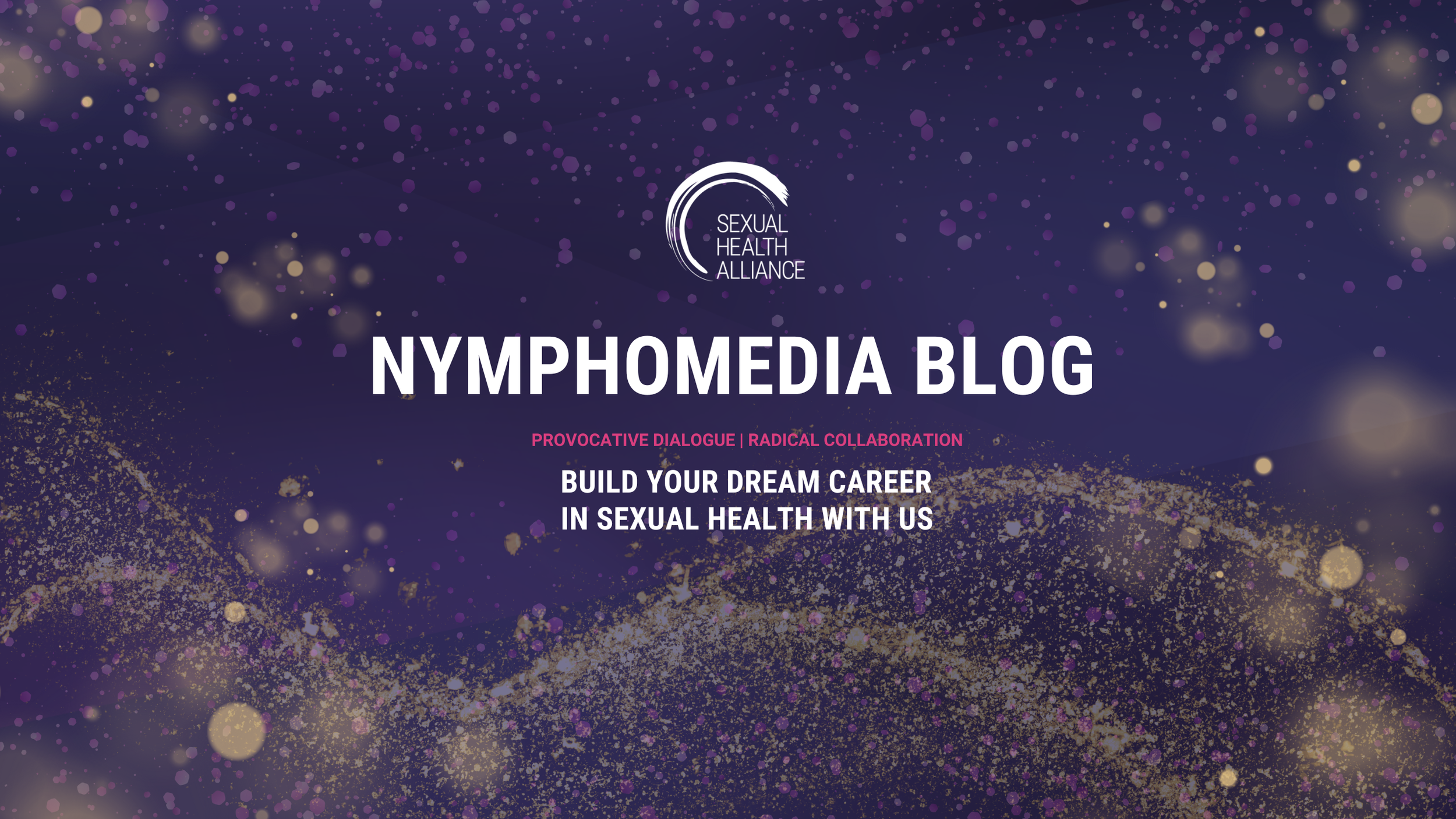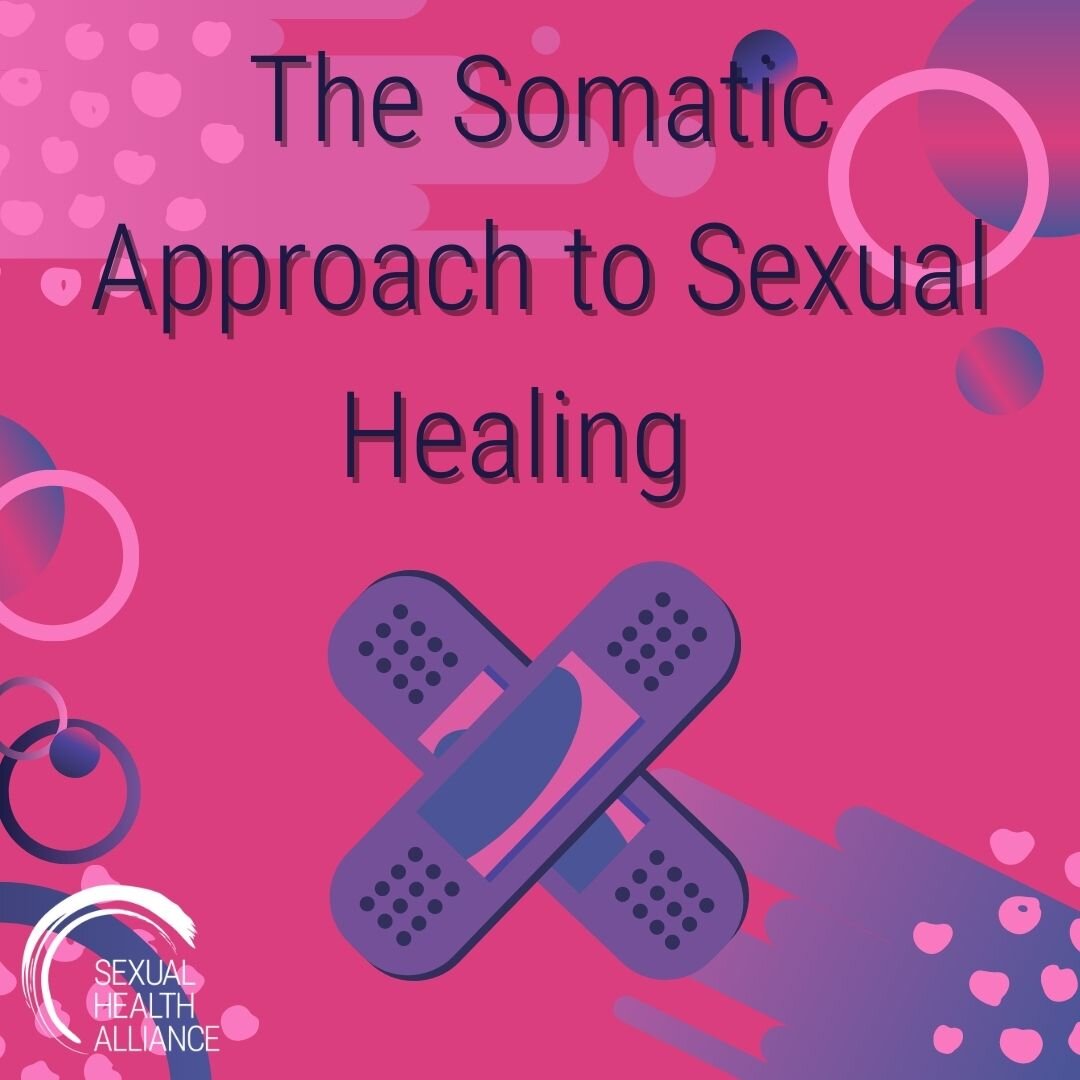For the most part, we understand marketing labels when it comes to food. “Organic,” for example, we know means higher care when into production and therefore it is marked at a higher price. Because food is regulated so heavily, it’s harder for companies to tout something like “organic” or “fair-trade, the same cannot be said for personal care products. Cosmetics, body care, and the like have minimal standards to meet when claiming these terms.
While condoms and personal lubrication are categorized as “medical devices” by the Food and Drug Associate (FDA), there is still much gray area in the personal product industry. Moisturizers, for example, are not regulated and so if lubrication leans more moisturizer, it doesn’t have to meet the same standards as a jug of synthetic, hospital-grade lube. To further contradict, when a moisturizer features certain ingredients that affect the body (like CBD oil), they are now categorized as a “drug,” putting them through entirely different standards.
For this reason, there’s reasonable suspicion when a product features a busy, over-loaded label with every current Sephora buzzword. Here a few you might encounter and could use another look over:























